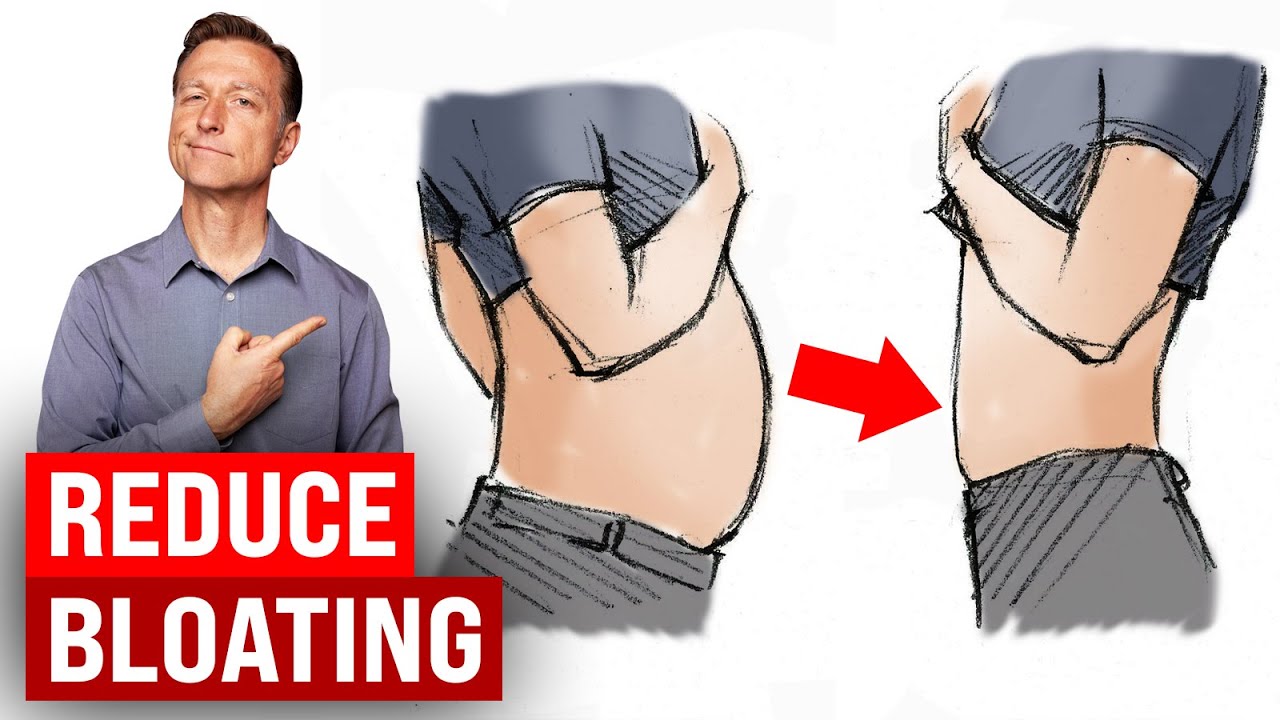I. Introduction to Warts
Definition of Warts
Warts are small, benign growths on the skin caused by an infection in the top layer of skin. They are noncancerous and typically appear as rough, raised bumps.
Cause: Human Papillomavirus (HPV)
Warts are caused by the human papillomavirus (HPV). This virus enters the skin through tiny cuts or abrasions, leading to rapid growth of cells on the outer layer of the skin, which forms the wart. There are over 100 different strains of HPV, but only a few cause skin warts.
General Characteristics and Nature of Warts
Warts can vary in appearance depending on their type. They may be rough or smooth, flat or raised, and can range in color from skin-toned to darker shades. Common features include a rough texture and the presence of tiny black dots, which are clotted blood vessels. Warts can appear anywhere on the body but are most commonly found on the hands, feet, face, and genitals. They are generally painless, but some, like plantar warts, can cause discomfort.
Prevalence and Commonality
Warts are quite common, affecting approximately 10% of the global population. They are particularly prevalent among children and young adults, due to their developing immune systems. Individuals with weakened immune systems, such as those with HIV/AIDS or those who have had organ transplants, are also more susceptible to warts. Most people will experience at least one wart in their lifetime, usually on their hands or feet. While warts are generally harmless, their appearance and the discomfort they can cause often lead individuals to seek treatment.
II. Types of Warts
Common Warts (Verrucca vulgaris)
- Appearance: Rough bumps with black dots, which are clotted blood vessels.
- Common Locations: Hands
- HPV Strains Involved: Types 2, 4, 1, 3, 7, 27, 29, 57
Plantar Warts
- Appearance: Flat or inward-growing with black dots.
- Common Locations: Soles of feet
- HPV Strains Involved: Types 1, 2, 4, 27, 57
Mosaic Warts
- Appearance: White, pinhead-sized, and flatter than plantar warts.
- Common Locations: Balls of feet, under toes
- HPV Strain Involved: Type 2
Flat Warts
- Appearance: Smaller, smoother, and tend to grow in large numbers.
- Common Locations: Anywhere on the body
- HPV Strains Involved: Types 3, 10, 28
Filiform Warts
- Appearance: Long, thread-like.
- Common Locations: Face around mouth, eyes, nose
- HPV Strains Involved: Types 1, 2, 4, 27, 29
Genital Warts
- Appearance: Small, hard nodules with rough surfaces.
- Common Locations: Genitals and rectum
- HPV Strains Involved: Types 6, 11
Butcher’s Warts
- Appearance: Growths on hands.
- Common Locations: Individuals handling raw meat
- HPV Strain Involved: Type 7
Focal Epithelial Hyperplasia (Heck’s Disease)
- Appearance: Soft, whitish warts inside the mouth.
- HPV Strains Involved: Types 13, 32
III. Causes and Transmission
Mechanism: HPV Entering Through Skin Cuts or Damaged Skin
Warts are caused by the human papillomavirus (HPV) entering the skin through tiny cuts or abrasions. Once the virus enters, it triggers rapid cell growth on the outer layer of the skin, forming a wart. This process can happen anywhere on the body where the skin is broken or damaged.
Common Activities Leading to Infection
Several everyday activities can lead to HPV infection. Direct contact, such as shaking hands with someone who has warts, is a common way the virus spreads. Indirect contact with contaminated objects, like towels, doorknobs, or gym equipment, can also result in transmission.
Direct and Indirect Transmission Methods
HPV can spread through both direct and indirect contact. Direct transmission occurs when a person touches someone else’s wart or has skin-to-skin contact with an infected area. Indirect transmission happens when a person touches surfaces or objects that have been contaminated with the virus, such as shared towels or public shower floors.
Higher Risk Due to Skin Tears from Activities Like Nail Biting and Shaving
Certain activities increase the risk of HPV infection due to the creation of small tears or abrasions in the skin. Nail biting and cuticle chewing can cause tiny, often invisible, breaks in the skin, making it easier for the virus to enter. Similarly, shaving can create microtears, providing an entry point for HPV. These small wounds make the skin more vulnerable to infection, leading to the development of warts.
IV. Symptoms and Identification
General Symptoms
Warts can vary significantly in appearance depending on their type. They may be:
- Dome-shaped
- Flat
- Rough
- Bumpy
- Smooth
- Thread-like
- Skin-colored to black
These variations make it essential to recognize the different forms warts can take.
Size Range
Warts can range in size from as small as 1 millimeter to a couple of centimeters. The size can depend on the type of wart and its location on the body.
Presence of Black Dots (Clotted Blood Vessels)
Many warts have tiny black dots on their surface. These dots are clotted blood vessels, a common feature that can help in identifying warts.
Importance of Professional Diagnosis
While warts are generally easy to identify, it is crucial to seek a professional diagnosis if you are unsure. A healthcare provider can confirm whether a growth is a wart and recommend appropriate treatment options. This is especially important if the growth is unusual, persistent, or causing discomfort, to rule out other potential skin conditions.
V. Susceptibility and Risk Factors
Higher Susceptibility in Children Due to Underdeveloped Immune Systems
Children are more prone to developing warts because their immune systems are not yet fully developed. This makes it harder for their bodies to fight off the human papillomavirus (HPV) effectively, leading to a higher incidence of warts among this age group.
Genetic Makeup and Immune System Differences Influence Susceptibility
Individual susceptibility to warts can vary based on genetic makeup and differences in immune system strength. Some people are naturally more resistant to HPV, while others may be more susceptible due to inherited traits or the specific characteristics of their immune response.
Familial Tendencies: Multiple Siblings and Inherited Susceptibility
It is common to see warts occurring among multiple siblings within the same family. This familial tendency suggests that susceptibility to warts can be inherited. Children of parents who had warts during their own childhood are often more likely to develop warts themselves.
Higher Incidence in Immunocompromised Individuals
People with weakened immune systems, such as those with HIV/AIDS or individuals who have undergone organ transplants, are at a higher risk of developing warts. Their compromised immune systems are less capable of combating HPV infections, leading to an increased likelihood of wart formation.
VI. Prevention
Avoiding Contact with Virus
To reduce the risk of contracting the human papillomavirus (HPV) and developing warts, it is important to avoid contact with the virus:
- Wash Hands Thoroughly and Regularly: Frequent hand washing helps remove viruses from the skin.
- Clean Gym Equipment Before Use: Wipe down equipment with a clean towel to avoid contact with contaminated surfaces.
- Wear Flip-Flops or Sandals in Locker Rooms and Public Showers: Protect your feet from the virus, which thrives in warm, moist environments.
Protecting Skin from Cuts
Maintaining healthy skin and avoiding activities that cause skin tears can prevent the virus from entering the body:
- Keep Skin Healthy and Moisturized: Prevents cracks and fissures where the virus can enter.
- Avoid Nail Biting and Cuticle Chewing: These habits cause tiny breaks in the skin, making it easier for the virus to infect.
- Use a Sharp Razor to Minimize Skin Tears: A sharp razor reduces the risk of nicks and cuts during shaving.
Other Precautions
Taking additional steps can further reduce the risk of spreading or contracting the virus:
- Do Not Touch or Pick at Warts: This prevents spreading the virus to other parts of the body or other people.
- Ensure Personal Items Like Towels and Razors Are Not Shared: Sharing personal items can transfer the virus.
- Cover Cuts and Scrapes: Keeping wounds clean and covered prevents the virus from entering through broken skin.
HPV Vaccine
The HPV vaccine is an effective measure for preventing certain types of warts and related cancers:
- Recommended for Children to Prevent Genital Warts and Associated Cancers: Vaccination is most effective when administered before exposure to the virus.
- More Effective Before Exposure to HPV: Early vaccination provides better protection against HPV strains that cause genital warts and cancers.
VII. Treatment Options
Home Remedies
For treating warts at home, several over-the-counter options are available:
- Over-the-Counter Treatments: Products containing salicylic acid, clear nail polish, or tape can be effective in removing warts. These treatments work by gradually peeling away the infected skin.
- Diligent Application and Adherence to Directions: Consistent use of these products as directed is crucial for achieving the best results. It may take several weeks to see significant improvement.
Medical Treatments
When home remedies are not effective, medical treatments can offer more robust solutions:
- Cryotherapy: This involves freezing the wart with liquid nitrogen, causing it to eventually fall off.
- Medical Topical Treatments: Chemicals like cantharidin can be applied by a healthcare provider. These treatments cause a blister to form under the wart, cutting off its blood supply and leading to its removal.
- Surgical Removal: In some cases, a healthcare provider may opt to surgically cut out the wart.
- Electrosurgery: This technique uses a heated needle to burn away the wart tissue.
- Laser Treatment: A laser can be used to destroy the tiny blood vessels inside the wart, causing it to die and fall off.
Immunotherapy
For persistent or difficult-to-treat warts, immunotherapy can help by boosting the body’s immune response to the virus:
- Boosting the Immune System to Fight the Virus: Immunotherapy treatments can help the body’s immune system recognize and combat the HPV virus more effectively, aiding in the removal of warts.
VIII. When to See a Doctor
There are certain situations where it is important to seek professional medical advice for warts:
Persistent, Spreading, or Recurring Warts Despite Self-Treatment
If warts do not respond to over-the-counter treatments and continue to persist, spread, or recur, it is advisable to consult a healthcare provider. Persistent warts may require more intensive medical treatments to be effectively removed.
Warts Causing Emotional or Physical Discomfort
Warts that cause significant discomfort or embarrassment can impact daily life and well-being. Seeking professional treatment can help alleviate these issues and improve quality of life.
Warts in Sensitive Areas: Face, Genitals, Mouth
Warts that appear in sensitive or highly visible areas, such as the face, genitals, or mouth, should be evaluated by a doctor. These areas require careful handling and specialized treatment to prevent complications and ensure proper care.
Individuals with Weakened Immune Systems or Diabetes
People with compromised immune systems, such as those with HIV/AIDS or individuals who have undergone organ transplants, are at a higher risk of complications from warts. Similarly, individuals with diabetes need to be cautious, especially with warts on their feet, as improper treatment can lead to serious issues. It is crucial for these individuals to seek medical advice to manage warts safely and effectively.
IX. Complications and Prognosis
Possible Infections from Picking or Cutting Warts
Picking or cutting warts can lead to secondary bacterial infections. When the skin is broken, bacteria can enter, causing redness, swelling, and pus formation. It is important to avoid manipulating warts to prevent such infections and seek medical treatment if signs of infection appear.
Pain, Especially from Plantar Warts
Plantar warts, which occur on the soles of the feet, can be particularly painful. The pressure from walking or standing can cause discomfort, making it feel like there is a pebble inside the shoe. Pain management and appropriate treatment are crucial to alleviate discomfort and prevent further complications.
Emotional and Mental Health Impacts Due to Embarrassment
Warts, especially those in visible areas, can cause embarrassment and affect self-esteem. The social stigma and self-consciousness associated with warts can lead to emotional and mental health challenges. Seeking treatment and support can help mitigate these impacts and improve psychological well-being.
Potential for Warts to Reappear After Treatment
Even after successful treatment, warts have the potential to reappear. This recurrence occurs because the underlying HPV virus may remain in the body. Continuous monitoring and follow-up treatments may be necessary to manage and prevent future outbreaks. Effective treatment plans and preventive measures can help reduce the likelihood of recurrence.
X. Conclusion
Recap of Key Points
Warts are benign growths caused by the human papillomavirus (HPV). They can appear in various forms and locations on the body, with common types including common warts, plantar warts, flat warts, and genital warts. Understanding the causes, symptoms, and treatment options is essential for effective management.
Emphasis on Prevention and Timely Treatment
Preventing warts involves maintaining good hygiene, protecting the skin from cuts, and avoiding direct contact with the virus. Timely treatment is crucial to prevent the spread of warts and to address any discomfort or embarrassment they may cause. Utilizing over-the-counter remedies or seeking medical treatments can help manage warts effectively.
Encouragement to Seek Professional Help for Persistent or Problematic Warts
For warts that are persistent, spreading, or causing significant discomfort, it is important to seek professional medical advice. A healthcare provider can offer specialized treatments and ensure that warts are managed safely and effectively, particularly for individuals with weakened immune systems or those with warts in sensitive areas.
This refined outline maintains consistency, clarity, and completeness, addressing any gaps or redundancies to ensure a coherent structure.



